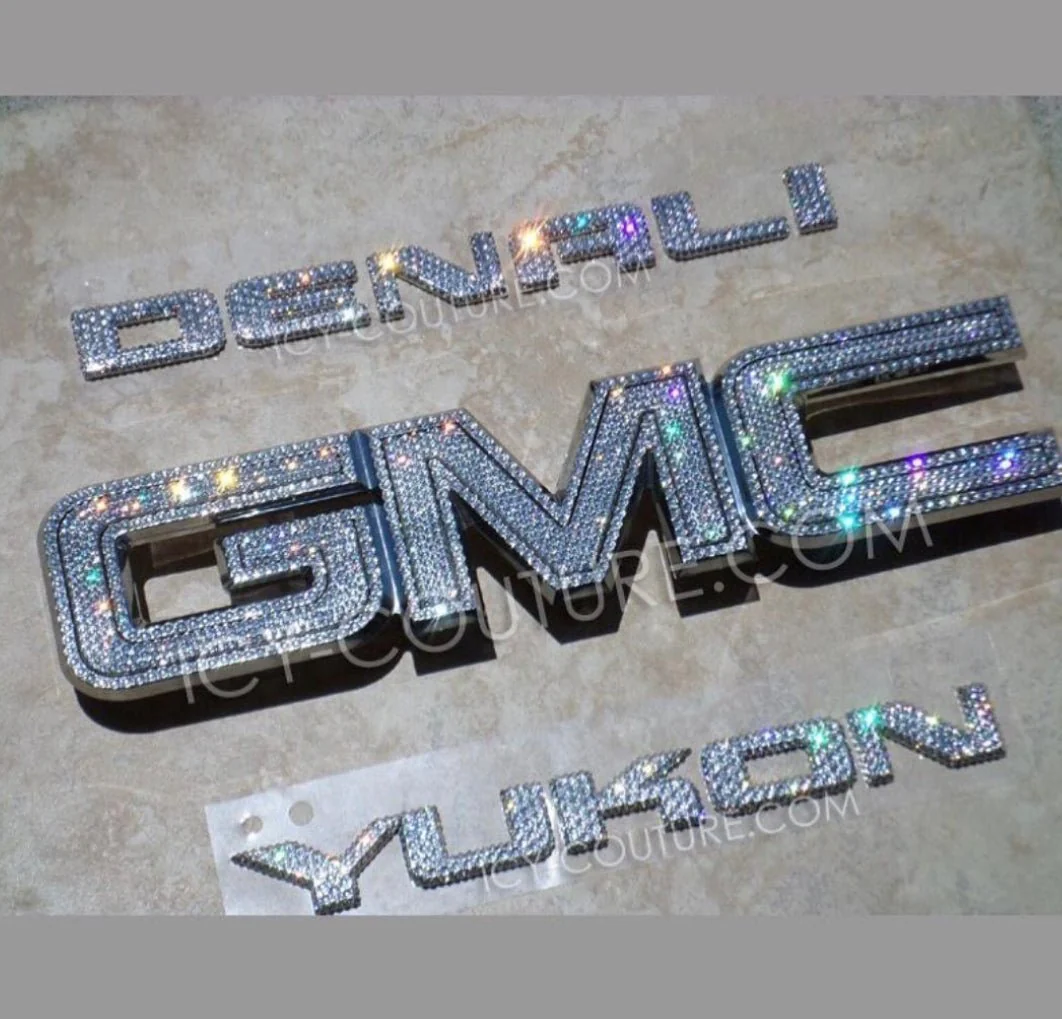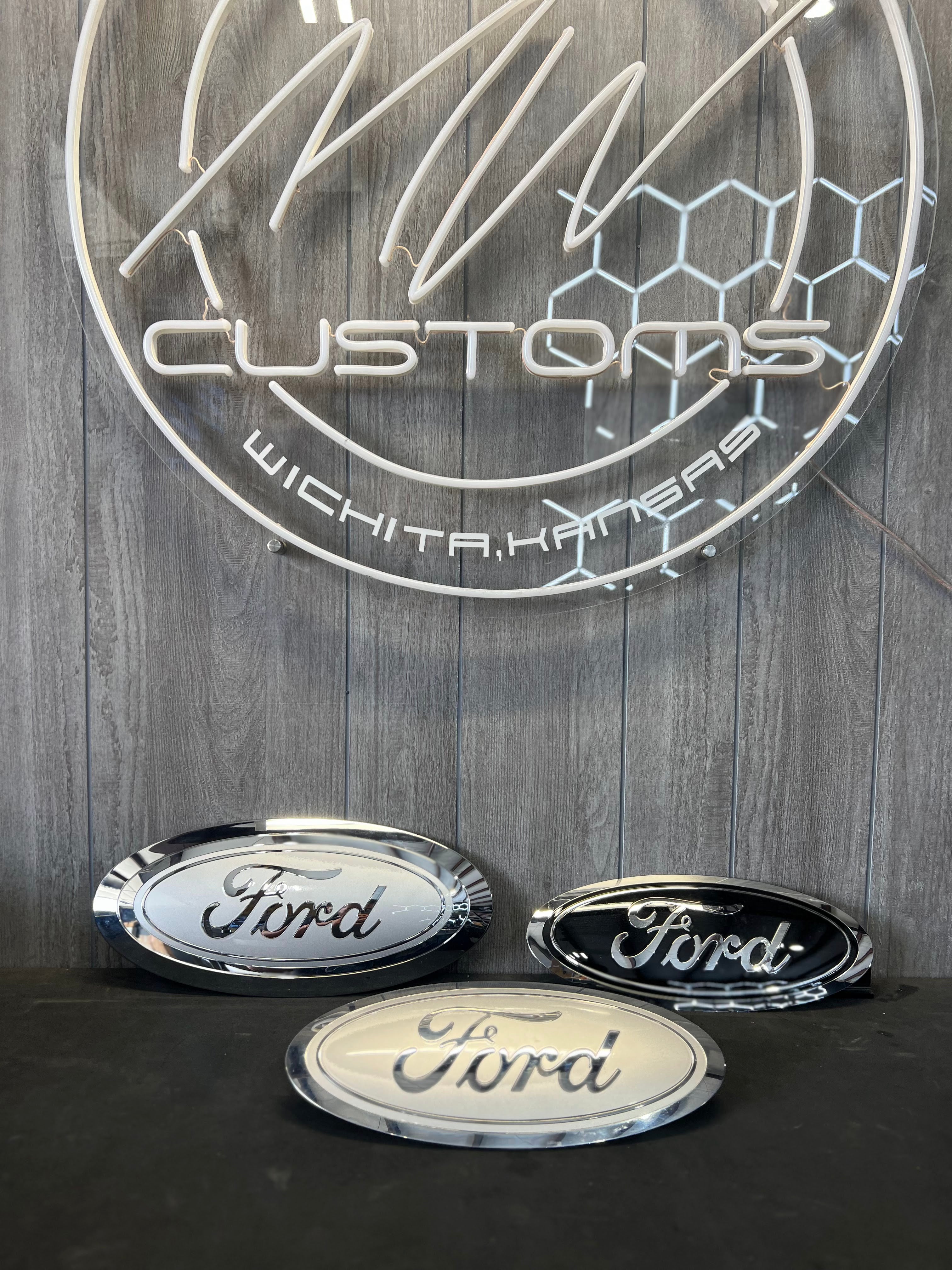A Step-by-Step Overview to Creating the Perfect Custom Emblem
A Step-by-Step Overview to Creating the Perfect Custom Emblem
Blog Article
Developing an Enduring Impression With Personalized Emblems: Design Tips and Concepts
The development of a custom symbol is a crucial step in developing a brand name's identity, yet numerous ignore the nuances that add to its effectiveness (Custom Emblem). A well-executed design not only connects core values but additionally resonates with target market on numerous degrees. Concentrating on aspects such as color choice, typography, and symbolic relevance can improve the emblem's impact. As we explore these essential elements, it ends up being clear that there is even more to crafting an emblem than mere visual appeals; comprehending these principles can transform your technique to brand name representation. What essential facets should be focused on for optimal effect?
Understanding Your Brand Identification
Recognizing your brand name identification is important for developing personalized symbols that reverberate with your target market. Your brand name identity incorporates the values, goal, and character that define your company. It works as the foundation for all aesthetic depictions, including custom-made symbols. By clearly expressing what your brand means, you can guarantee that the design components of your symbol show these core principles.

A well-defined brand identity not only help in producing a memorable symbol but additionally fosters brand name commitment and recognition. Inevitably, a symbol that truly mirrors your brand identity will develop a meaningful connection with your target market, strengthening your message and enhancing your overall brand name strategy.
Picking the Right Colors
Choosing the best shades for your custom symbol plays a pivotal duty in conveying your brand's identification and message. Shades stimulate emotions and can considerably affect perceptions, making it vital to select colors that resonate with your target audience. Begin by thinking about the psychological impact of shades; as an example, blue frequently communicates count on and expertise, while red can evoke excitement and urgency.
It is likewise important to align your shade options with your brand's worths and market. A technology business may choose trendy shades, such as blues and environment-friendlies, to show innovation and integrity, whereas a creative firm may welcome vibrant and vivid colors to showcase creative thinking and power.
In addition, consider the color consistency in your style. Utilizing a shade wheel can help you identify corresponding or similar colors that develop visual balance. Aim for a maximum of three key shades to keep simplicity and memorability.
Typography and Font Style Selection
A well-chosen font style can substantially enhance the effect of your customized emblem, making typography and font selection vital elements of the style process. The typeface needs to align with the brand name's identification, sharing the appropriate tone and message. A contemporary sans-serif typeface may stimulate a feeling of development and simplicity, while a timeless serif font can interact tradition and dependability.
When picking a font, think about readability and scalability. Your emblem will certainly be used across different media, from calling card to signboards, so the font needs to remain clear at any size. In addition, avoid excessively decorative fonts that may interfere with the general layout and message.
Incorporating fonts can likewise produce aesthetic rate of interest yet needs cautious pairing. Custom Emblem. A common approach is to make use of a strong font for the major message and a complementary lighter one for secondary aspects. Uniformity is key; limit your selection to 2 or three font styles to keep a natural appearance
Including Purposeful Icons

For example, a tree might represent growth and stability, while a gear may symbolize technology and accuracy. The trick is to make sure that the signs reverberate with your target market and mirror your brand name's objective. Engage in brainstorming sessions to discover various ideas and gather input from varied stakeholders, as this can produce a richer variety of choices.
As soon as you have actually identified potential symbols, evaluate their performance by sharing them with a focus group or carrying out studies. This responses can offer understandings right into how well the symbols connect your intended message. In addition, think about exactly how these icons will certainly work in conjunction with other layout components, such as shades find more information and typography, to right here produce a natural and impactful emblem. Eventually, the right icons can improve acknowledgment and cultivate a more powerful emotional link with your audience, making your brand name significant and memorable.
Making Sure Adaptability and Scalability
Making sure that your custom-made symbol is flexible and scalable is crucial for its efficiency throughout numerous applications and tools. A well-designed symbol needs to keep its honesty and aesthetic appeal whether it's displayed on a calling card, a site, or a big banner. To achieve this, concentrate on developing a design that is basic yet impactful, preventing elaborate information that might become shed at smaller sized sizes.

Testing your symbol in different layouts and dimensions is critical. Examine how it does on different backgrounds and in different environments to ensure it stays reliable and well-known. By prioritizing convenience and scalability in your design procedure, you will certainly create an emblem that stands the examination of time and effectively represents your brand name throughout all touchpoints.

Verdict
To conclude, the creation of custom-made emblems requires a strategic approach that integrates different design components, consisting of brand name identity, shade option, typography, and symbolic depiction. Stressing simplicity and scalability ensures that the emblem remains versatile throughout different applications, while purposeful symbols improve psychological vibration with the audience. click resources By diligently integrating these elements, brand names can cultivate a distinctive identification that fosters recognition and leaves a lasting impression on consumers.
A well-defined brand name identity not only help in producing a remarkable symbol but likewise promotes brand loyalty and recognition. Inevitably, a symbol that really mirrors your brand identity will create a purposeful connection with your audience, strengthening your message and boosting your general brand method.
Choosing the right colors for your personalized symbol plays a pivotal duty in conveying your brand's identity and message. By focusing on adaptability and scalability in your design process, you will develop a symbol that stands the test of time and successfully represents your brand across all touchpoints.
In conclusion, the development of personalized emblems requires a strategic technique that integrates different layout components, including brand name identification, shade selection, typography, and symbolic representation.
Report this page